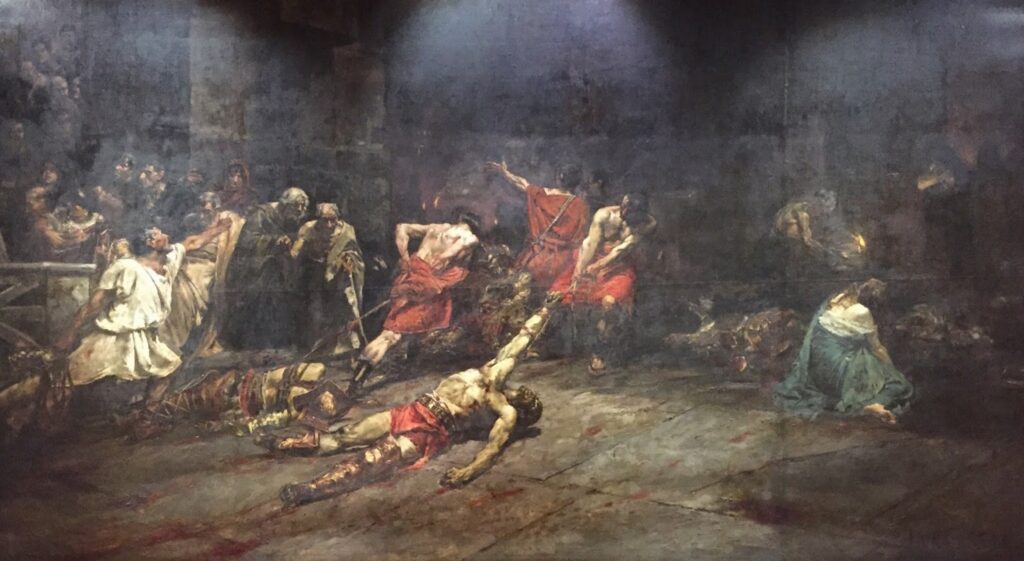The Madrid System: Your Entrypoint to International Branding
Expanding your business internationally is an exciting venture, but it comes with the challenge of protecting your trademark in multiple countries. Here’s your guide to international trademark registration through the Madrid System.




